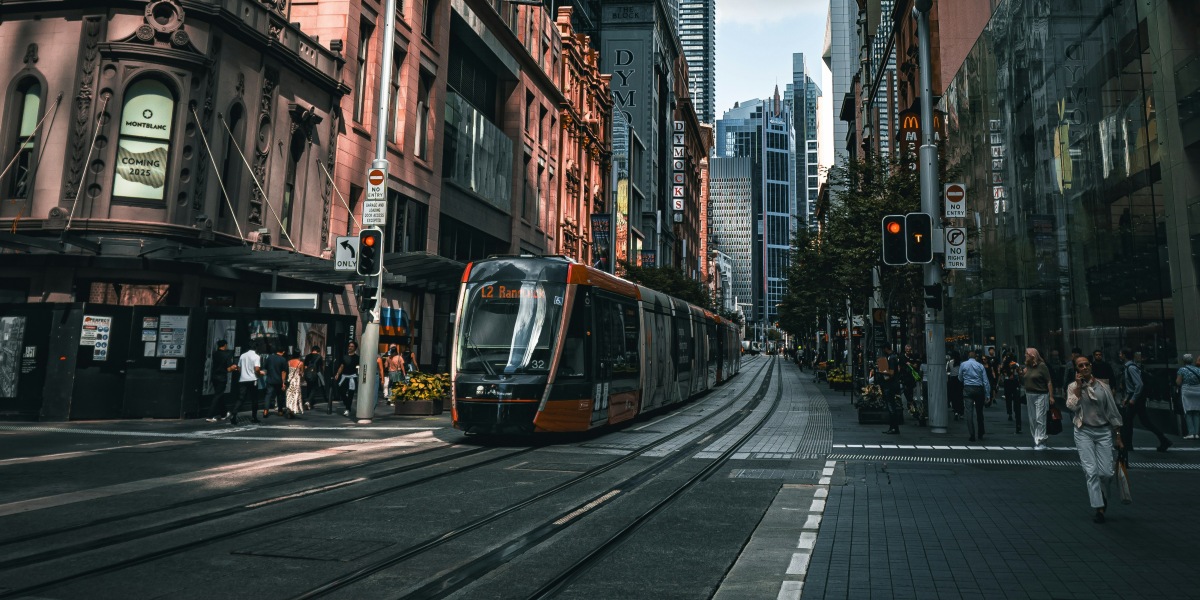Bridges have long been symbols of human ingenuity, connecting distant lands and transforming the way we live and work. In today’s world, bridges are not merely structures designed for crossing; they are marvels of engineering, combining cutting-edge technology with striking aesthetics. From towering suspension bridges to intricate cable-stayed spans, modern bridges represent both the triumphs of engineering and the seamless integration of function and form.
In this pillar, we explore the world’s most impressive contemporary bridges, highlighting their innovative designs, engineering feats, technological advancements, and their essential roles in global transportation and connectivity.
Read Also: How the Gulf Stream Affects Weather and Ecosystems
Architectural Innovation and Aesthetics
Modern bridges are as much about artistic expression as they are about practicality. Architects and engineers collaborate to design structures that not only serve a functional purpose but also enhance their environments. From graceful arches to intricate geometric designs, aesthetic appeal plays a significant role in modern bridge construction.
Some bridges, like the Helix Bridge in Singapore, integrate organic, flowing shapes, resembling a double helix and offering pedestrians an elegant crossing experience. On the other hand, Tokyo’s Kiyosu Bridge blends traditional Japanese design elements with contemporary engineering, standing as a testament to the fusion of old and new.
Modern bridges also serve as symbols of national pride or technological achievement. The Millau Viaduct in France, the world’s tallest bridge, showcases a sleek, minimalist design that complements the surrounding landscape. Meanwhile, the Golden Gate Bridge in the United States is both a functional transportation route and an iconic visual landmark, celebrated for its Art Deco style and its brilliant red-orange color.
Engineering Feats and Technological Advancements
Behind every modern bridge is a complex web of engineering principles and technological advancements. Today’s bridge builders are armed with cutting-edge tools, including advanced materials, sophisticated structural calculations, and seismic resilience technologies that ensure these monumental structures stand the test of time.
One of the most impressive examples is the Danyang–Kunshan Grand Bridge in China, which holds the record for the world’s longest bridge at 164.8 kilometers. The bridge was constructed using advanced pre-stressed concrete and steel, enabling it to withstand the heavy weight and stress placed on it by high-speed trains.
Similarly, the Akashi Kaikyō Bridge in Japan, which connects the islands of Honshu and Shikoku, features the world’s longest central span at 1,991 meters. Engineers overcame the challenge of designing a bridge that could resist strong winds, earthquakes, and the force of severe storms by incorporating innovative cable systems and damping technology.
Modern bridges also incorporate smart technology for monitoring structural health. Sensors embedded in the bridge’s steel frame or concrete measure factors like stress, temperature, and vibrations, allowing engineers to detect any potential issues before they become critical.
Record-Breaking Achievements
Some bridges have etched their names in history by breaking engineering records. These record-breaking feats are often achieved by overcoming significant challenges in design, material strength, and construction techniques. Here are some standout examples:
-
Millau Viaduct, France – As the tallest bridge in the world, it reaches a staggering height of 343 meters, higher than the Eiffel Tower.
-
Chesapeake Bay Bridge-Tunnel, USA – An engineering marvel, this bridge-tunnel combination stretches across 37 kilometers and is one of the longest of its kind, crossing the Chesapeake Bay in Virginia.
-
Oresund Bridge, Sweden/Denmark – Spanning 16 kilometers, this bridge connects Copenhagen to Malmo and features a unique bridge-tunnel hybrid system, combining an artificial island with a submerged tunnel.
These record-breaking structures highlight the continuous push for innovation in the world of bridge engineering, with each new record demonstrating the ongoing advancements in design and construction.
Sustainable Bridge Design and Construction
As environmental concerns grow, there is an increasing focus on making bridge construction more sustainable. Modern bridges are designed to minimize environmental impact while ensuring long-term durability and reduced maintenance. Engineers and designers are turning to eco-friendly materials, sustainable design practices, and energy-efficient technologies to create bridges that are not only effective but also environmentally responsible.
An example of this is the Sundarbans Green Bridge in Bangladesh, which uses sustainable materials and reduces environmental disruption by integrating wildlife conservation efforts into the design. In addition, bridges like the Zelinsky Pedestrian Bridge in Norway make use of recycled steel and wood, emphasizing minimal impact on the surrounding ecosystems.
Many modern bridges also aim to incorporate renewable energy solutions, such as solar panels or wind turbines, to power lighting, sensors, and other necessary components. As the world continues to prioritize sustainability, the future of bridge engineering will undoubtedly focus on reducing carbon footprints while maintaining structural integrity.
The Role of Bridges in Connectivity and Development
Bridges play a fundamental role in connecting people and fostering economic development. Beyond their engineering marvels, these structures have an enormous social impact by enabling efficient transportation, improving trade routes, and enhancing communication between communities.
For example, the Gotthard Base Tunnel in Switzerland, which includes a 57-kilometer-long rail tunnel, has significantly reduced travel time between northern and southern Europe, contributing to economic growth in the region. Similarly, the Hong Kong–Zhuhai–Macau Bridge is an impressive sea-crossing bridge that improves connectivity between Hong Kong, Macau, and mainland China, contributing to regional economic development.
Bridges also enhance social mobility, allowing people to move more freely between different cities and regions. In cities like Istanbul, the Bosphorus Bridge not only connects two continents—Europe and Asia—but also unites different cultures, offering a pathway for increased global interaction.
Challenges and Future Trends in Bridge Engineering
While modern bridges are engineering masterpieces, the field faces ongoing challenges. Climate change and aging infrastructure are pushing engineers to find solutions for extreme weather events, such as floods and heatwaves, which can damage existing bridges and impact their longevity.
The future of bridge engineering will likely involve the use of smart materials, like self-healing concrete that can repair its own cracks, and advanced sensors that can detect changes in bridge integrity in real time. Additionally, drones and robotics are expected to revolutionize bridge maintenance, with automated systems that can perform inspections and repairs efficiently and safely.
Read Also: How Modern Transportation Is Shaping the Future
As cities and regions grow, the need for sustainable, efficient, and resilient bridges will continue to rise. Engineers are already working on floating bridges, automated bridges, and lightweight structures to meet the demands of future urbanization and transport.
Modern bridges are not just feats of engineering; they are vital links that connect cities, regions, and even continents. These extraordinary structures reflect the best of human ingenuity, showcasing the integration of art, science, and technology. As bridges evolve, they will continue to inspire awe while helping to shape the future of transportation and urban development. From record-breaking spans to eco-friendly innovations, the world’s bridges are a testament to the creativity and resilience of modern engineering.








